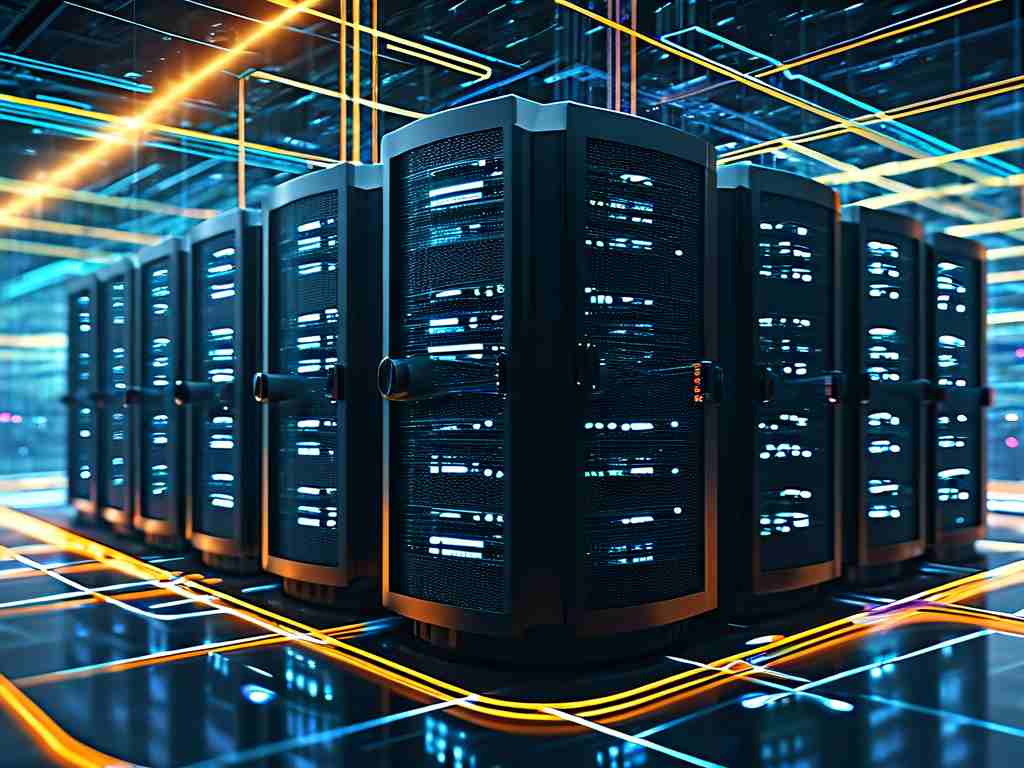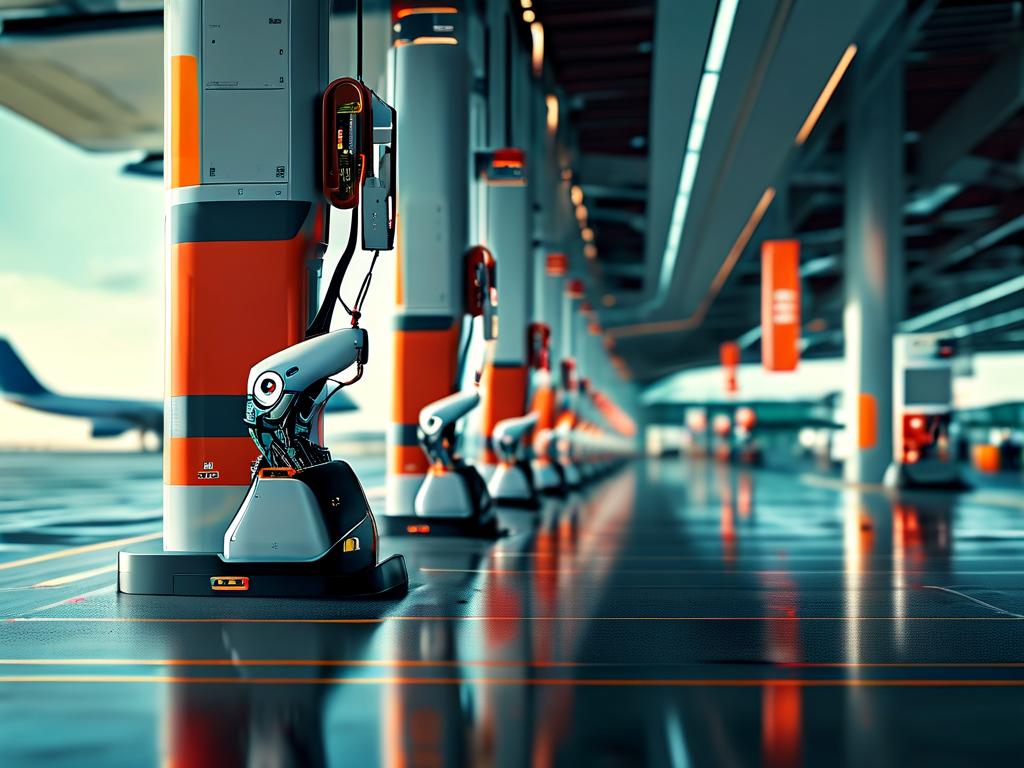The evolution of computing architectures has seen a significant shift toward distributed systems in recent years. These systems, which involve multiple interconnected nodes working collaboratively, power everything from cloud platforms to blockchain networks. While distributed architectures offer notable benefits, they also introduce challenges that organizations must carefully navigate. This article explores the key advantages and limitations of distributed computing frameworks.

Advantages of Distributed Architectures
One of the most compelling advantages of distributed systems is scalability. Unlike centralized systems, which often hit hardware limitations, distributed architectures allow horizontal scaling by adding more nodes to the network. For example, cloud service providers like AWS or Azure dynamically allocate resources based on demand, ensuring seamless performance during traffic spikes. This flexibility is critical for applications requiring rapid growth, such as e-commerce platforms or streaming services.
Another strength lies in fault tolerance. By distributing workloads across multiple servers, these systems reduce single points of failure. If one node fails, others can take over its tasks without disrupting overall operations. Financial institutions leverage this feature to ensure uninterrupted transaction processing—a single server crash won’t halt stock trading platforms or payment gateways.
Resource sharing further enhances efficiency. Distributed systems enable organizations to pool computational power, storage, and data across geographically dispersed nodes. Research projects like CERN’s Large Hadron Collider experiments rely on distributed computing to process petabytes of data by utilizing resources from labs worldwide. This collaborative approach minimizes redundant infrastructure investments.
Cost-effectiveness also plays a role. While initial setup costs may be high, distributed architectures often reduce long-term expenses. Companies can deploy affordable commodity hardware instead of expensive mainframes, and pay-as-you-go cloud models align operational costs with actual usage.
Disadvantages of Distributed Architectures
Despite their benefits, distributed systems introduce complexity in design and management. Coordinating tasks across nodes requires sophisticated algorithms for load balancing, data synchronization, and consensus mechanisms. Developers working on distributed databases, for instance, must implement protocols like Paxos or Raft to maintain consistency—a steep learning curve for engineering teams.
Network dependency is another critical limitation. Distributed systems rely heavily on stable, low-latency communication between nodes. Network outages or delays can lead to bottlenecks, data inconsistencies, or even system-wide failures. Online gaming platforms, which demand real-time interaction, face significant challenges when latency exceeds tolerable thresholds.
Security risks escalate in distributed environments. With data traversing multiple nodes and networks, exposure points multiply. Each connection becomes a potential entry for cyberattacks, requiring robust encryption and access controls. Blockchain networks, while inherently secure, still face threats like 51% attacks or smart contract vulnerabilities due to their distributed nature.
Debugging and monitoring complexities cannot be overlooked. Troubleshooting issues in a decentralized system demands advanced tools to trace errors across interdependent components. A performance lag in a microservices-based app, for example, might originate from any of dozens of services, making root-cause analysis time-consuming.
The Balancing Act
Organizations adopting distributed architectures must weigh these trade-offs. For instance, a healthcare provider managing sensitive patient records might prioritize fault tolerance and scalability but invest heavily in security protocols. Meanwhile, a startup building a real-time analytics tool could focus on minimizing latency while accepting higher operational complexity.
Emerging technologies aim to mitigate these challenges. Edge computing reduces network reliance by processing data closer to its source, while advancements in AI-driven monitoring tools simplify system diagnostics. Similarly, quantum-resistant encryption methods are being developed to address future security threats.
In , distributed computing architectures redefine how modern systems operate, offering unparalleled scalability and resilience at the cost of increased complexity and dependency on network stability. As technology evolves, the gap between their strengths and weaknesses will likely narrow, but strategic planning remains essential for maximizing their potential.









